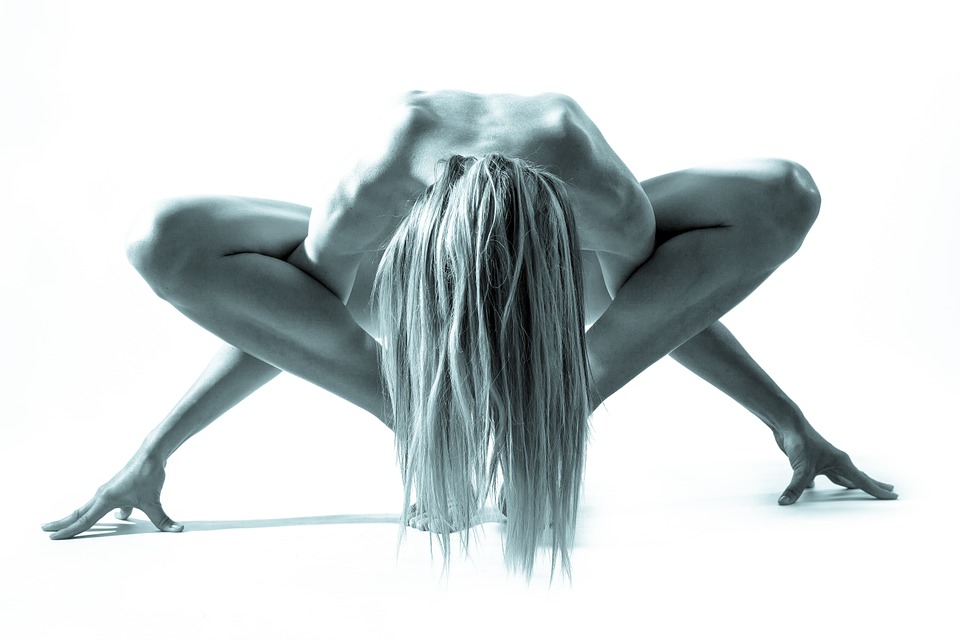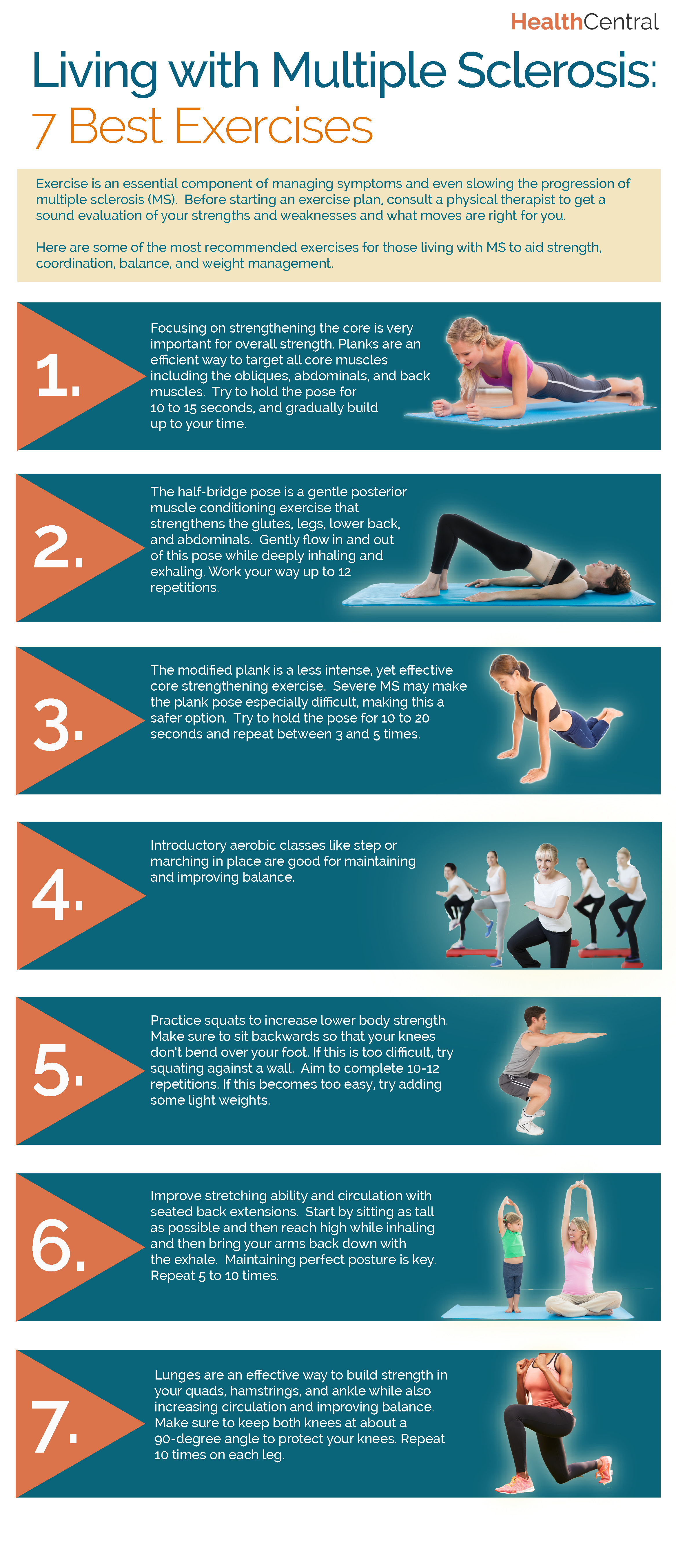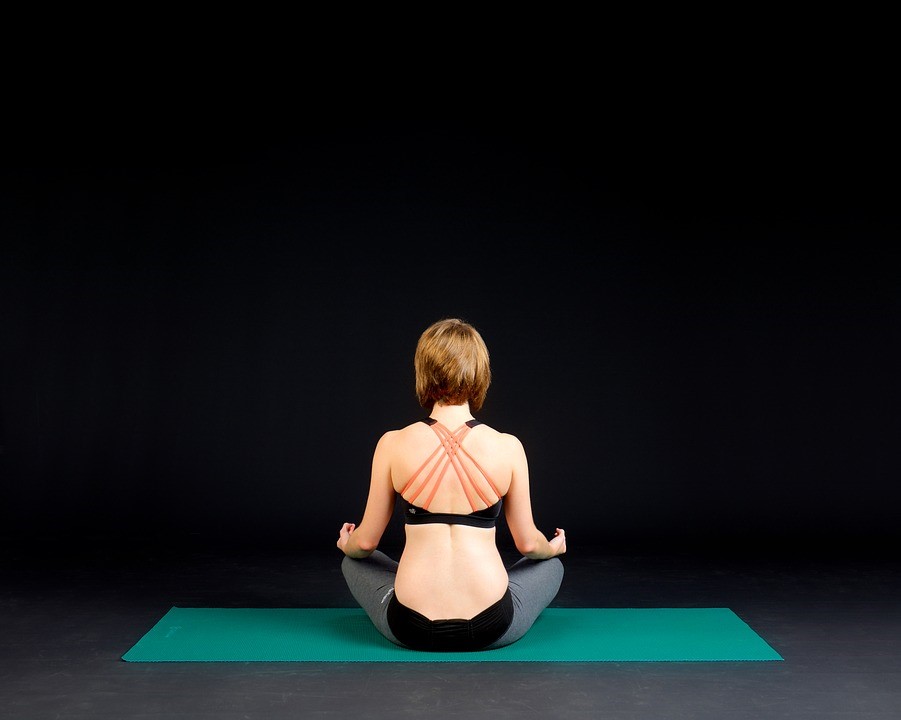“Taking yoga classes can help ease depressive symptoms, a new study says,” reports the Mail Online.
A small study from the US found yoga was associated with a clinically significant improvement in depression symptoms.
Researchers recruited 32 people with moderate to severe depression. They were allocated to either a low- or high-dose group for yoga. The high-dose group spent more time in classes and doing yoga and other exercises at home.
Average depression scores fell over the course of the 12-week study, with no differences seen between the two groups.
But the Mail failed to mention there was no comparison group, so it’s hard to assess the specific effect yoga had.
It could be the case that simply taking part in a regular group activity was beneficial. And, in some cases, symptoms may have improved anyway.
This study doesn’t add much to the evidence. The researchers say they plan another study with a walking group for comparison, which might help us see whether yoga is an effective therapy for depression.
The researchers say they don’t intend for yoga to be a substitute for the treatment of depression by trained healthcare professionals.
See your GP if you think you may have depression. Exercise for depression can be useful, but you may also benefit from other treatments.
Where did the story come from?
The study was carried out by researchers from Boston University School of Medicine, Harvard School of Medicine, Boston Medical Centre, McLean Hospital, Memorial Veterans Hospital, New York Medical College, Massachusetts General Hospital, and Columbia University, all in the US.
It was funded by grants from Boston University.
The study was published in the peer-reviewed Journal of Alternative and Complementary Medicine and is free to read online (PDF, 376kb).
The Mail Online story reports the facts of the study accurately, but inflates their importance, stating that the study “proves” yoga can “cure” depression, and saying the practice “could even be a replacement for antidepressant drugs”.
But the researchers don’t make such a claim themselves, and the story fails to point out that the lack of a comparison group means we can’t assume the reduction in depression was caused by yoga.
What kind of research was this?
This was a randomised dosing trial. This design is different from a traditional randomised controlled trial (RCT) as the intervention was the same in both groups but, as the name suggests, the dosage was different.
Usually, randomised studies include a control group, where people in that group don’t get the intervention, so researchers are able to judge how successful the intervention was.
However, in this study, the investigators looked at two groups who did different amounts of yoga. That means we can’t tell whether the improvements in their mental health were because of yoga or another reason.
What did the research involve?
Researchers screened 265 people with depression for the study, and eventually recruited 32 to take part in classes.
Half were randomly assigned to attend three 90-minute classes each week, with four 30-minute sessions at home. The other half were asked to attend two 90-minute classes, with three 30-minute sessions at home.
Everyone had their depression scores measured at the start, then after four weeks, eight weeks and 12 weeks. The researchers looked at average reductions in depression scores for the two groups.
Depression scores were measured by the Beck Depression Inventory, a self-completed 21-item questionnaire that scores depression symptoms as minimal (0-13), mild (14-19), moderate (20-28) or severe (29-63).
Researchers looked at whether changes in average depression scores differed between the two groups. They also considered whether the number of people with minimal symptom scores was different by the end of the study.
What were the basic results?
Both groups saw big drops in their average depression scores from the start to the end of the study:
in the high-dose group, the average score fell from 24.6 to 6, a drop of 18.6 points (95% confidence interval [CI] 22.3 to 14.9)
in the low-dose group, the average score fell from 27.7 to 10, a drop of 17.7 (95% CI 22.8 to 12.5)
This is the equivalent of a change from moderate depression to minimal depression symptoms. There was no difference between the groups in terms of how many people had only minimal symptoms at the end of the study.
One person dropped out of the study from each group. Nobody reported severe adverse effects from taking part in the classes, although 13 people reported muscle soreness.
How did the researchers interpret the results?
The researchers say their study “provides evidence that participation in an intervention composed of Iyengar yoga and coherent breathing is associated with a significant reduction in depressive symptoms for individuals with major depressive disorder.”
They note that people taking three classes a week said it “entailed a demanding time commitment” and concluded that, “Although the thrice-weekly classes (plus home practice) had significantly more subjects with BDI-II scores ?10 at week 12, the twice-weekly classes (plus home practice) may constitute a less burdensome but still effective way to gain the mood benefits from the intervention.”
Conclusion
Many people report finding yoga and breathing exercises to be relaxing and helpful for their mental health. This study provides some evidence the practice might help people with symptoms of depression.
But flaws in the study mean we can’t be sure this is the case. The lack of a control group is the big problem.
For some people, depression simply gets better over time. For others, taking part in a class, being able to talk about their mental health, or getting out and doing some gentle physical exercise may improve their symptoms.
We don’t know whether yoga specifically made a difference because the study doesn’t tell us this.
Other problems include the study’s relatively small size. Also, the cut-off point of 10 on the depression score seems to have been randomly chosen, rather than being of any clinical significance.
The large number of people who dropped out of the study or lost touch with organisers before the study began (approximately 63) also points to the practical difficulty with the intervention.
Attending two or three yoga classes a week, plus three or four home practice sessions, may be difficult for many people with moderate to severe depression to fit into their lives.
And some people may have felt they were unable to cope with the experience of interacting with others in a group activity.
But it’s encouraging that most people in the study saw big improvements in their mental health over the 12-week period.
There are many treatments for depression, including antidepressant medicines and talking therapies, as well as relaxation therapies like yoga. An important first step is to talk to your GP.
Read more about treatments for depression.
Summary
“Taking yoga classes can help ease depressive symptoms, a new study says,” reports the Mail Online. A small study from the US found yoga was associated with a clinically significant improvement in depression symptoms.
Links to Headlines
Why yoga beats depression: Harvard and Columbia study ‘prove’ how the relaxing workout eases symptoms. Mail Online, March 15 2017
Links to Science
Streeter CC, Gerbarg PL, Whitfield TH, et al. Treatment of Major Depressive Disorder with Iyengar Yoga and Coherent Breathing: A Randomized Controlled Dosing Study. Journal of Alternative and Complementary Medicine. Published online February 16 2017




